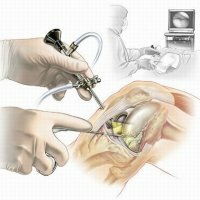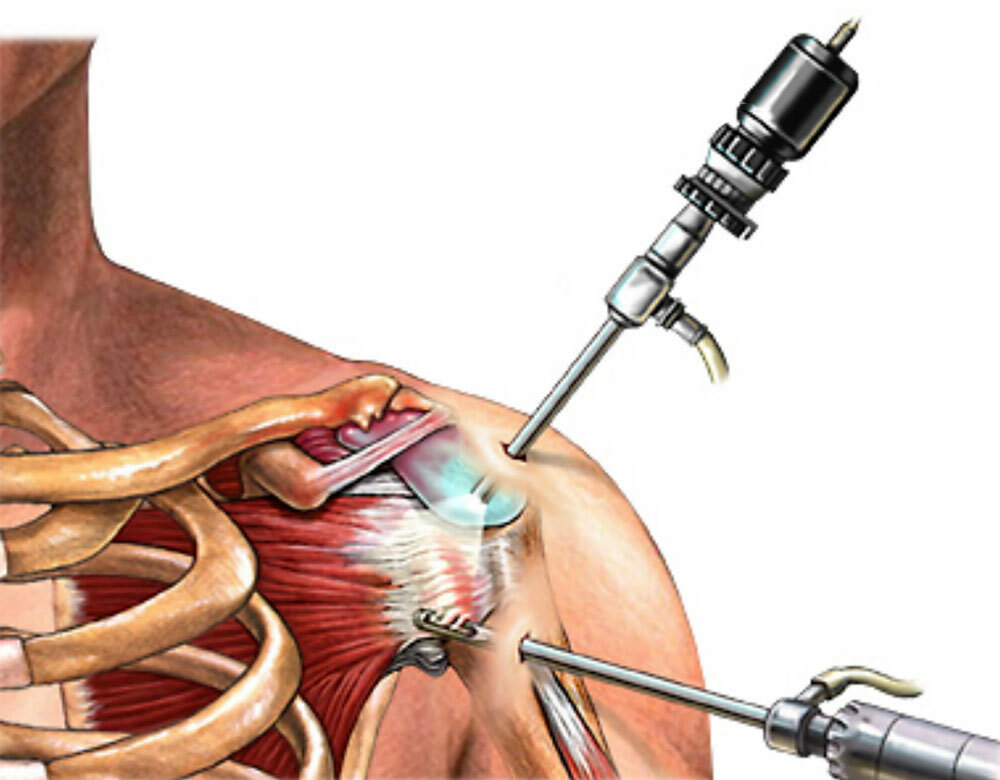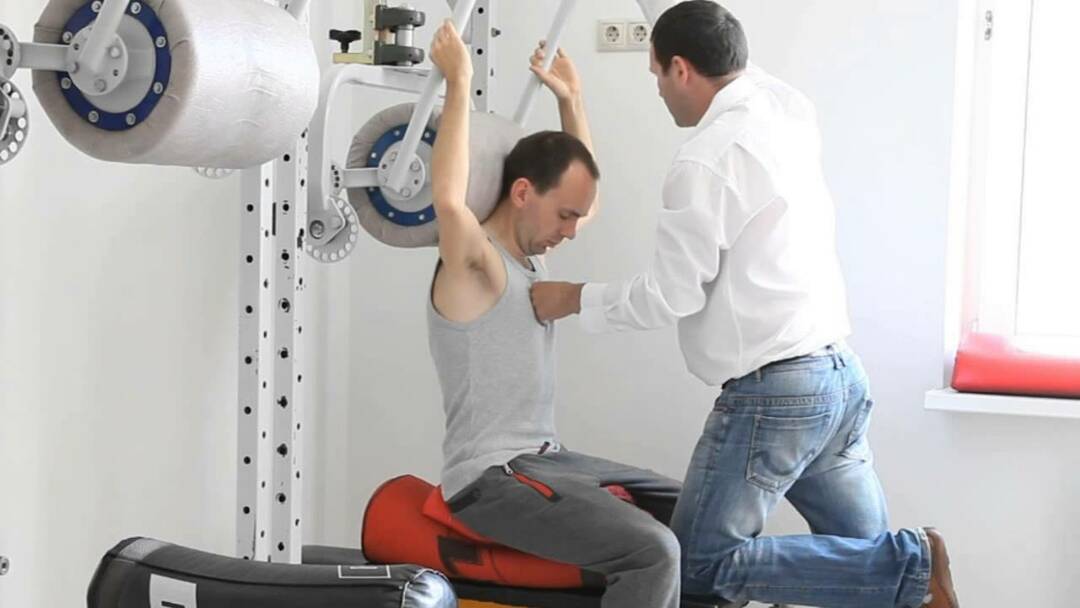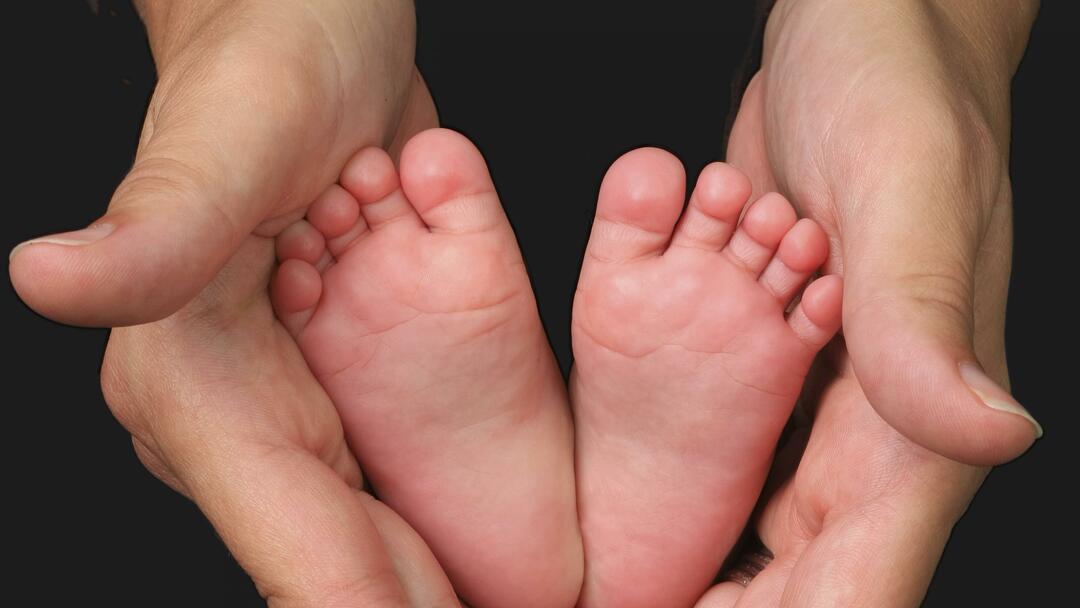The meniscus of the knee joint falls out

The knee is one of the most difficult and most vulnerable parts of the human body, since the knee joint consists of many parts. Damage to the meniscus is the most common knee injury.
Knee joint meniscus injury can occur at any age. In young people, the meniscus is rather hard. With age, problems with the knees become almost inevitable, the meniscus weakens and in the process of aging the organism easily lends itself to trauma.
One of the more common knee joint injuries is the prolapse of the meniscus. Most often, such injuries occur in athletes or dancers. In most cases, the loss of meniscus of the knee joint is in men.
Symptoms of a meniscus injury
The main symptoms of a knee joint meniscus injury are pain, swelling, a decrease in the functionality of the knee joint.
Pain often occurs when the leg is straightened. If the pain is moderate, you can continue to walk. Severe pain can be caused by the torn fragments of the meniscus acting on the tibia and femur. Sometimes a trauma of past years can cause pain after months or years, especially if the knee is injured repeatedly.
The knee swells often during the day or two after an injury. Many people notice that their knee is slightly swollen for several months.
The functions of the knee joint can be reduced, this is manifested in the fact that the injured person can not straighten the knee in full. A damaged knee blocks normal movement.
Causes of a drop in the meniscus
The main cause of damage to the meniscus can be increased physical activity. Menisci consist of cartilages, due to which the knee joint makes rotational movements( in a bent position).The damaged meniscus is torn, squeezed between the bones of the thigh and lower leg. Such damage is very similar to the prolapse of the intervertebral disc. The cartilage damper breaks down and the load on the knee joint increases.
A variety of injuries can result in the fallout or rupture of the meniscus, which is accompanied by a turn( or rotation) of the shank to the outside. The loss of a meniscus can occur as a result of a stroke or a bruise or during a sharp excessive extension of the joint. The consequence of chronic microtraumas are degenerative changes in the meniscus and its prolapse.
How to overcome a knee injury
Some types of knee injuries are more difficult to overcome than others. A drop of the meniscus is one of these injuries. Sometimes people do not immediately pay attention to pain in the knee joint, but eventually it grows and becomes prolonged.
First, the pain sensations appear just below the kneecap, and then go over to the knee. With such symptoms, any pressure on the knee joint should be avoided. For diagnosis and necessary treatment, you should seek medical help. Treatment of a damaged meniscus depends on the complexity of the patient's condition. In some cases, injuries are treated on an outpatient basis. In difficult situations, in some cases, especially in athletes, when a meniscus falls, surgical intervention is required. Restoring the meniscus is a rather difficult job.
Only a qualified doctor, in particular an orthopedist, can establish the correct diagnosis before making an informed decision about the operation.
Restoration of the knee joint
There are various types of exercises that help to restore the volume of motion of the knee joint after the operation. One of these is the flexion and extension of the injured leg. Performing slow and controlled movements it is necessary to bend and straighten the leg, as much as possible without severe pain. Specialists recommend performing such exercises 10 to 20 times during the day.
Develop a plan for restoring the knee will help physician-physiotherapist. Recovery programs after a meniscus are developed taking into account the age, general health and severity of the injury. Most exercises are aimed at strengthening the muscles of the hip, calf and quadriceps.



